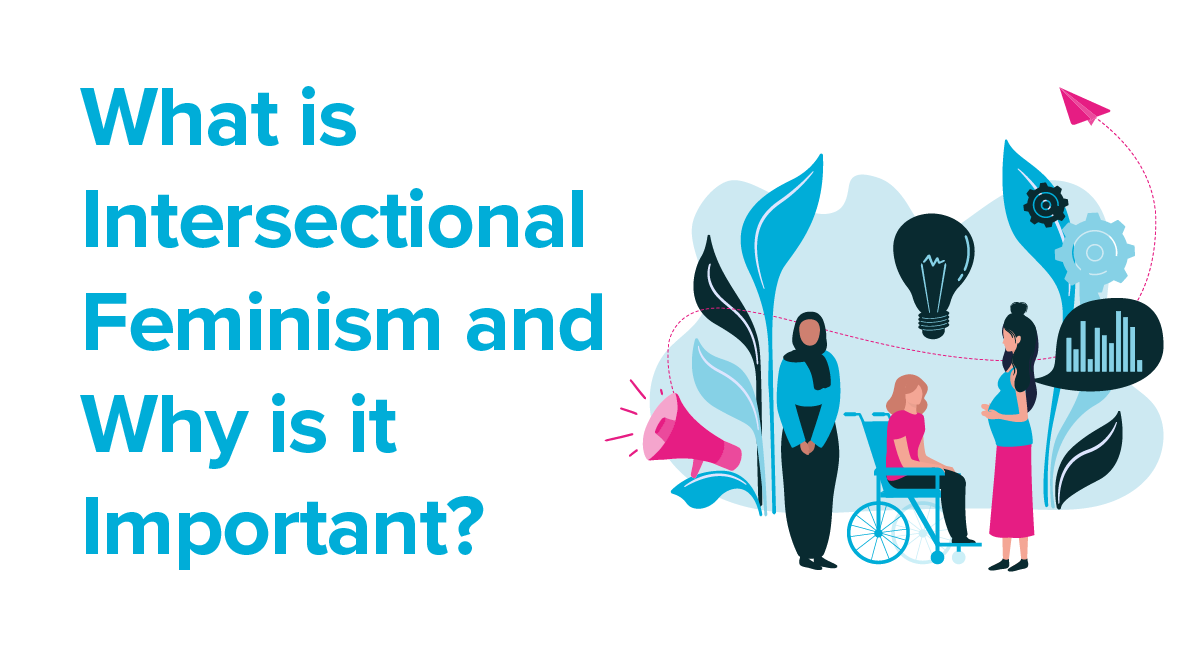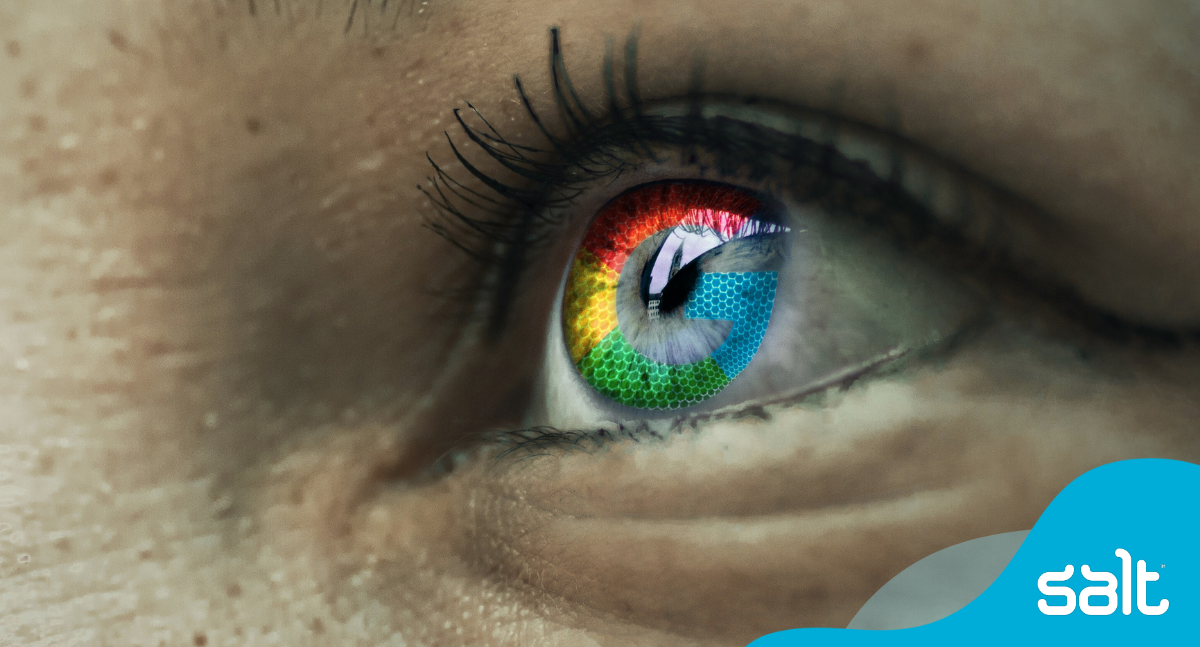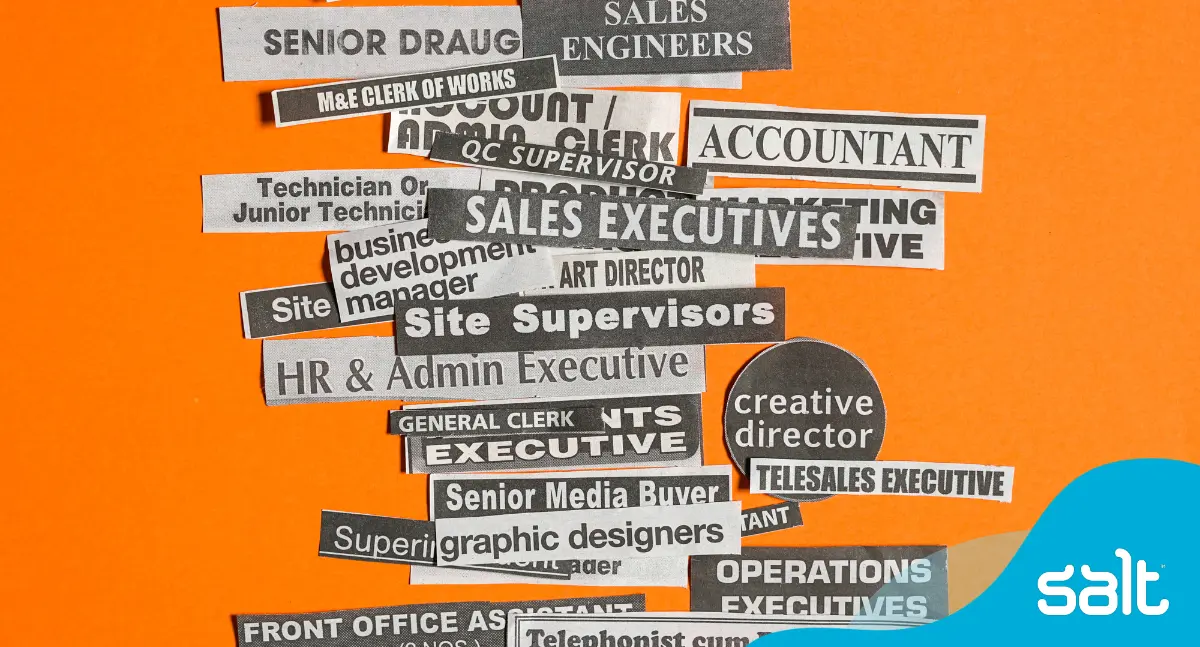
Few would dare contest that women have come a long way since the USA’s first women’s rights convention in New York, demanding civil, social, political, and religious rights for women in 1848. The first International Women’s Day in 1911, that saw more than one million people across Europe fight for women’s labour rights and enfranchisement. And the courageous march of approximately 20,000 women to the Union Buildings in Pretoria to petition against South Africa’s pass laws in 1956.
It was indeed a proud moment for many women and subsequently laid the foundation for the great social triumphs that have followed over the years, in aspiration of reaching the day when women will bear no gender-based disadvantage or discrimination.
In 2021, we live in an age where more girls are going to school, fewer forced child marriages occur, more women are serving in parliament and leadership positions, and laws are being reformed to advance gender equality. With the gender pay gap slowly decreasing and women becoming more prominent in professional spaces, companies are looking at employing diversity and inclusion efforts now more than ever.
Although this is good news for women, not everyone faces the same inequality and according to Kimberlé Crenshaw, “All inequality is not created equal”. Although we have taken strides to open up conversations about diversity, equity and inclusion, there is still limited understanding about the daily biases that women who face overlaps of inequality endure. This includes women who fall into multiple protected characteristic groups, such as sexual identity, class, religion, ethnicity, race, socioeconomic background, disability and age.
What is intersectional feminism?
In 1989 Kimberlé Crenshaw coined the term ‘intersectionality’ to relate to a lens through which you can observe where power comes from and collides, places where it interconnects and cuts through. According to professor Crenshaw, intersectionality is not only about race, gender, class, and sexuality. What is important is how these factors communicate with each other.
In an interview with Time, she described it as “…a lens, a prism, for seeing the way in which various forms of inequality often operate together and exacerbate each other. We tend to talk about race inequality as separate from inequality based on gender, class, sexuality or immigrant status. What’s often missing is how some people are subject to all of these, and the experience is not just the sum of its parts.”
Used by many today, intersectionality aims to broaden the scope of feminism by encompassing all the social and political identities and experiences of women who have been erased like minority, poor, queer or immigrant women amongst many other identities.
So what does intersectional feminism look like?
Professor and human rights activist Roslyn Satchel explains that when historical injustices bind with sexism; queer, older and women in minority groups are faced with unique structural issues that connect them. They are connected in ways that white, cisgender and young women do not necessarily experience because they don’t have an added layer of bias against their race, sexual orientation or age.
Let’s take the gender pay gap, for example. When we discuss the shrinking gender pay gap, we often tend to address women as a whole, without taking into consideration how women from different demographics or backgrounds are affected individually.
According to an AAUW report, black women’s earnings ratios have only changed by 4% from 1988 to 2019, while their counterparts have experienced an increased earnings ratio of 15% from 1988 to 2019.
When shifting the lens to sexuality, you find that women within the LGBTQIA+ community are more likely to be unemployed, and hold positions that are not reflective of their educational background, skill, and experience.
Similarly, research by the Federal reserve bank of San Franciso, found there is also a trend when looking at women over the age of 55. Older women need to tackle marginalisation based on unfounded societal biases that forces them into a position where employers and colleagues see them as less adaptive, innovative and qualified. The study revealed that women under the age of 45 are more likely to secure a job interview at close to double the rate for older women.
Taking an intersectional view on women’s empowerment means that companies can provide solutions that ensure these minority groups achieve equal and not just equitable benefits when looking to redress discrimination and bias.
Casting light on how different women experience discrimination based on various intersecting systems of discrimination (and oppression at times), we can see that discrimination in the workplace extends far beyond just being a woman.
Although this approach may be well-intended, the perpetuation of this single-minded strategy to women empowerment is halting any effective transformation at the intersection of race, socioeconomic background, sexuality and age.
How do we move forward?
As an employer and a colleague, it is important to acknowledge the historical impact of race, class, age, sexuality and economic systemic discrimination which have created significant inequities that disadvantage some women more than others. Being in solidarity with one another as women, interrogating power structure, work culture and standing up against the base causes of discrimination and inequality are important for building a corporate feminism movement that leaves no women behind.
Here are three strategies you can implement in your company to ensure that you are on top of your game when it comes to creating a non-discriminatory and comfortable workspace for all women.
- Promote advocacy
In supportive relationships, advocates tend to go beyond just providing advice and networks for their mentees. Often you find that many women are over-supervised and under-supported when compared to their male counterparts. Because of the lack of autonomy and support, they do not advance in their careers as quickly as men do.
Instead of providing mentorship, women need allies who are willing to use their influence to advocate for all women’s rights, to ensure that no stone goes unturned. Management teams can implement a mentorship strategy that allows for white male or ‘model women’ (a privileged, cis-het, young, and economically stable women) to engage with minority female mentees to ensure that they stay abreast of any form of discrimination that may not be overtly visible, yet hinder their growth and subsequently the growth of their company.
- Measure how intersectional your company is when it comes to women’s empowerment
Do regular employee satisfaction surveys, where you can track the level of engagement, promotion rates, salary, talent retention and hiring, and overall representation within your company. Think about whether or not your current efforts have made a notable difference for all women within your company, taking into consideration class, sexuality, race, disability, and age.
Management teams can look into things like employee engagement and promotion rates for transwomen versus other female counterparts. Look at how older women experience their company culture and whether they think their skills are recognised within the organisation. You can also look at how women that belong to minority groups stack up to the female population when it comes to their average salaries within the company.
If your results are disproportionately skewed toward supporting and advancing the ‘model women’. It might be a good idea investigate and rectify accordingly to ensure the advancement of all women.
- Be flexible in your approach – diverse women need diverse solutions
Hiring a diverse team means that you are most likely to have women from all walks of life in your company, so avoid taking the ‘one shoe fits all’ approach to addressing discrimination. You’ll most likely find that women in your business have different needs so that they can thrive in the workplace. Subsequently, you’ll need different solutions to provide equal support to different people and identities.
Being flexible in your approach allows you to tailor your solution by population – always ensure that everyone feels heard, valued, and respected within your company. Having employees who are happy at work and who feel appreciated for what they do; not only secures a higher retention rate but also scores you an A+ for employee satisfaction and employee productivity, which inevitably leads to business success.
Are you a business looking hire a diverse team? Let us help you find the perfect hire, contact us today!


